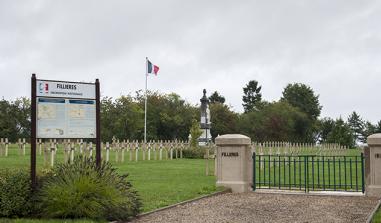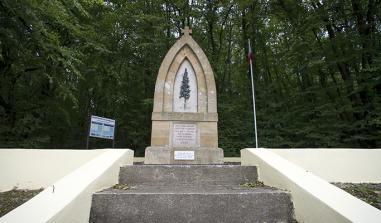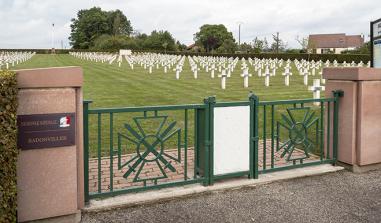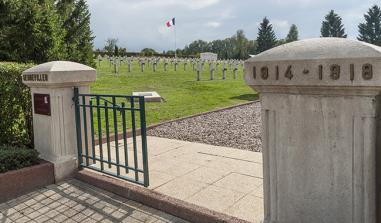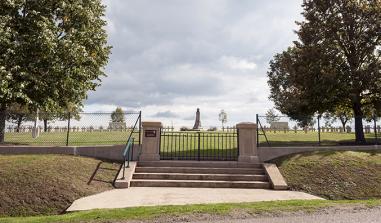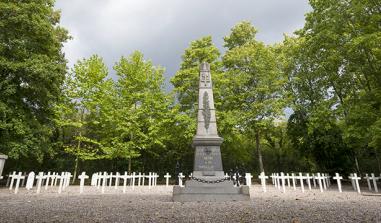Lorrain Museum - Palais Ducal de Nancy
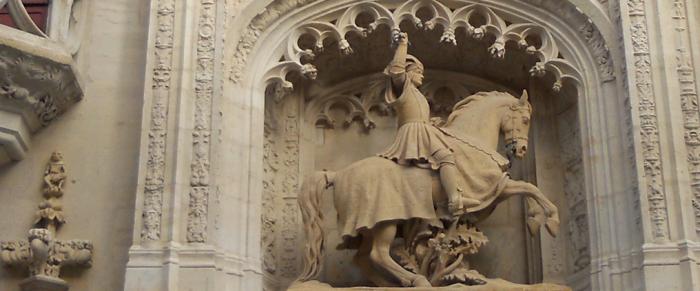
Façade du Musée Lorrain (ancienne entrée du Palais des Ducs de Lorraine). ©LOUIS54 - Creative Commons - domain public
The Lorrain Museum invites visitors to discover the rich history of Lorraine from prehistoric times to World War I.
Located at the heart of the old city centre of Nancy, the Musée Lorrain lies close to the Palais Ducal and Église des Cordeliers. Work on the oldest part of the palace began under René II (1473-1508), the conqueror of Charles the Reckless, and continued under his successors until early in the XVII century.
Nowadays, the first level of the structure contains the reception and dining room used by the dukes of Lorraine, known as the "Galerie des Cerfs". On the ground floor, there is an open-vaulted gallery overlooking the garden, while a portal marks the Grande Rue entrance. Also built in Gothic style, its décor suggests that it is one of the earliest examples of work from the Renaissance period in eastern France.
In 1850, the first hall of the Lorrain Museum opened its doors to the public. From then on, the museum expanded and now has some 4 500 m2 of exhibition areas scattered across a number of sites in the old city. These structures, with their powerful history, house rich collections assembled over more than 150 years, the most notable items of which include the tables of Georges de la Tour and the work of Jacques Callot, but also reference collections, art collections and collections of popular traditional items. Since 2000, the renovation of the Lorrain Museum has taken the form of a joint initiative involving the City of Nancy, the Historical Society of Lorraine and the Musée Lorrain, the French government and the Lorraine regional government. It is managed by the City of Nancy, which is also the project supervisor, in partnership with the French and regional governments under the terms of the contract for the 2000/2006 plan.
The aim of the project is to rebuild the museum, while at the same time preserving historical buildings and creating new areas in which to host exhibits by modern museums in line with the expectations of modern audiences. Thanks to the creation of these areas, the Lorrain Museum will become « the museum for all peoples of Lorraine», a cultural reference point not only at a regional level but also at a national and international level. A plan for for reserves common to the museums of Nancy is currently in progress. This plan is a joint initiative between the City of Nancy and the urban community of Grand Nancy. The objective of the plan is to create an area for the storage, conservation and analysis of collections, and to have a permanent community tool for the development of these facilities. The renovation of the Lorrain Museum is thus now under way. It will continue to welcome members of the public for the duration of the renovation process.
By way of an introduction, the archaeology halls highlight the characteristics of the different peoples that have inhabited this region: everyday objects, fine clothing, armaments and sculptures bear witness to the wealth of prehistoric, Gallo-Roman and Merovingian civilisations in the east of France. Collections from the Middle Ages are displayed in the vaulted gallery of the ground floor of the Palais Ducal. Religious and funeral sculptures and pieces of silverware sit next to ceramics, glasses and stained-glass windows from the Medieval period, as well as armaments from the XIV and XV centuries. Renaissance art finds its expression in particular in works by Ligier Richier (Eglise des Cordeliers) and a set of remarkable stained-glass windows and sculptures, such as Christ in the Olive Garden and the Passion of Christ series.
The Femme à la Puce painting, the famous masterpiece by Georges de La Tour, is surrounded by paintings of his surroundings. The brass works and etchings of Jacques Callot are another highlight of a visit to the Museum. Among the objects emblematic of the reign of Stanislas you will find the statue of Louis XV. A small-scale version of this statue adorned the royal palace before it was destroyed during the Revolution and replaced by a statue of Stanislas. The collection of regional earthenware from the XVIII and XIX centuries is a reference collection.
The armaments and evocation of Lorraine military chiefs recall the role of this strategic and patriotic region during the XIX and XX centuries. A hall with miniatures and another hall with Jewish play at the Museum. The everyday life of the inhabitants of Lorraine from the late XVIII century to the early XX century is illustrated by collections of popular art and ethnography housed in the convent of the Cordeliers : regional furniture, popular earthenware and domestic objects are displayed in settings reminiscent of traditional Lorraine home interiors.
The Museum's education service, an association governed in accordance with the law of 1901, has been in place at the Museum since 1961. The service offers the following all year round: Schools: from kindergarten to final-year students Teachers, children and young people from specialist education institutions MJCs, FJEPs, rural homes a wide range of activities: - free or guided visits : Musée Historique Lorrain, Musée des Arts et Traditions, Chapelle des Cordeliers, Porte de la Craffe - Pantomimes for and by children - Workshops on Tuesdays, Wednesdays and during school holidays : linocut, costumes, etching, masks, models, photography - The use of educational tools, videos, slide films - Access to cultural education service : conferences, exhibitions - Preparation and holding of cultural heritage classes and workshops. Contact : Mireille Canet Telefax: 03 83 37 25 55
Musée Lorrain
Palais Ducal - 64 Grande Rue - 54 000 Nancy
Tel. : 03.836.32.18.74 - Fax : 03.83.32.87.63
e-mail : museelorrain@mairie-nancy.fr
How to get there by CGFTE shuttle service. Stop: Musée Lorrain. Hours The Museum is open every day from 10h00 to 12h30 and from 14h00 to 18h00, except Tuesdays. Closed 1 January, 1 May, 14 July, 1 November and 25 December. Pricesfor permanent collections Single : ?3.10 Group (more than 10 people) ad concession rate : ?2.30 Pricesfor exhibits Single : ?5 Group (more than 10 people) and concession rate : ?3 Pricesfor combined visits (Musée Lorrain and Musée des Arts et Traditions Populaires) Single : ?4.60 Group (more than 10 people) and concession rate : ?3.10 Pricesfor combined visits and access to temporary exhibits Single : ?6 Group (more than 10 people) and concession rate : ?4
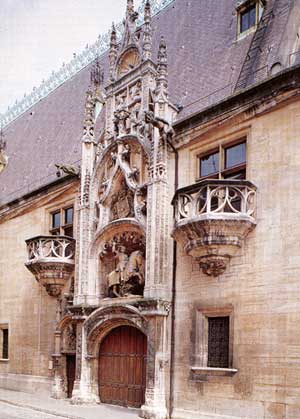
Porterie du Palais Ducal (XVIe siècle). Source : Musée Lorrain
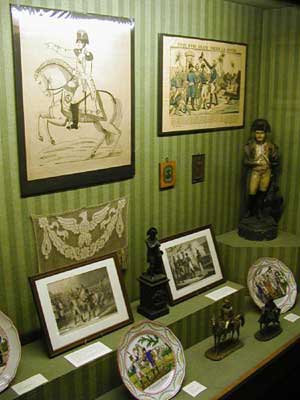
Collection napoléonienne. Source : http://www.lexnet.dk Collection napoléonienne. Source : http://www.lexnet.dk
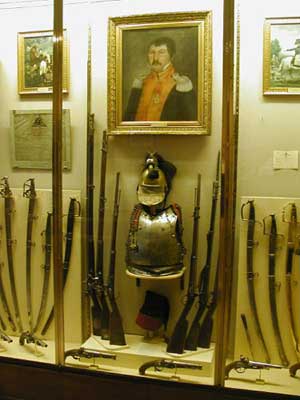
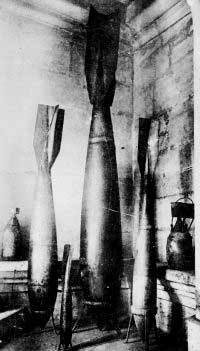
Bombes 1914-1918 Appareil allemand. Source : http://perso.wanadoo.fr/jmpicquart/gbSommaire.htm
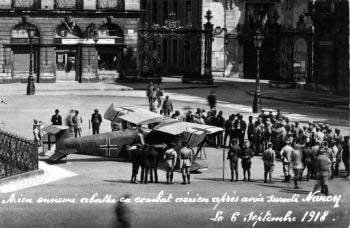
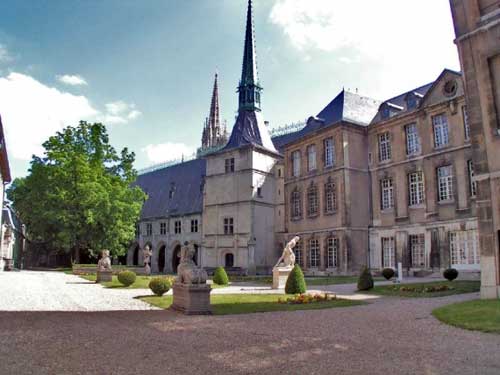
Vue extérieur du Palais Ducal. Source : http://www.nancy.fr
Practical information
64 Grande Rue 54000
Nancy
03 83 32 18 74
Palais ducal : normal 4€, réduit 2,50 € Église et couvent des Cordeliers : normal 3,50 € , réduit 2 € Palais ducal et Cordeliers jumelés : normal 5,50 €, réduit 3,50 € Accès gratuit pour tous le 1er dimanche du mois et pour les étudiants le mercredi
De 10h à 12h30 et de 14h à 18h Ouverture exceptionnelle les lundis de Pâques et de Pentecôte
Fermé le lundi, les 1er janvier, 1er mai, 14 juillet, 1er novembre et 25 décembre.


